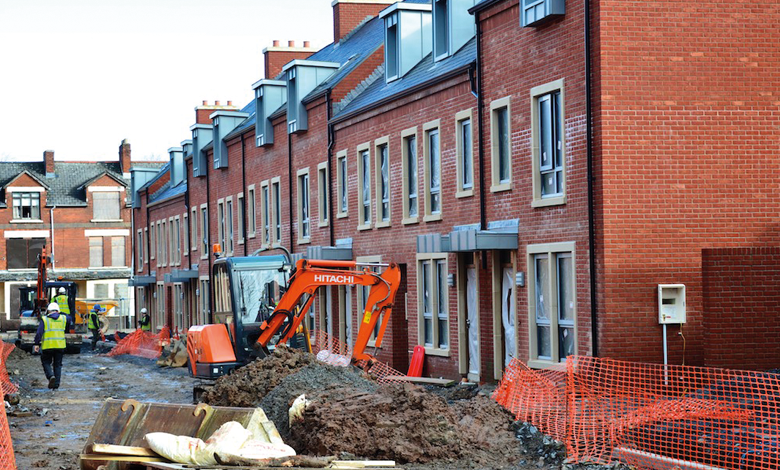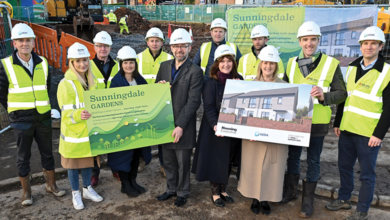Temporary accommodation provision dominating homelessness budget

An increase in the number of households requiring temporary accommodation is impacting the delivery of prevention services.
Rising homelessness figures for Northern Ireland are being driven by a sharp increase in households requiring temporary accommodation, a senior housing official has said.
David Polley, with responsibility for Housing Supply Policy in the Department for Communities, was speaking before the Northern Ireland Assembly’s Communities Committee in March 2024 in the context of rising levels of homelessness.
Polley explained that rising figures are being driven by a rise of people in temporary accommodation, with a notable source being those coming out of the private rented sector after the pandemic.
Limitations on social housing supply means that the timeframe in which people are staying in temporary accommodation are getting longer, increasing costs for the Housing Executive, and leaving more people in what he described as a “limbo land” of temporary accommodation.
The latest Northern Ireland Housing Bulletin covers the period between July and December 2023, and shows that, as of January 2024, 4,556 households were living in temporary accommodation.
This is a 15 per cent increase from the corresponding time in 2022, when there were 3,945 households living in temporary accommodation.
The March 2024 publication further states that, during the period of July to December 2023, there was a total of 8,183 homeless presenters, again an increase from 2022 when there were 7,478 homeless presenters.
The statistical bulletin, published by the Northern Ireland Statistics and Research Agency (NISRA) using figures from the Housing Executive, says that the top three reasons for presenting as homeless were accommodation not being reasonable; sharing breakdown/family dispute; and loss of rented accommodation.
In order to be accepted as statutorily homeless, a household must meet the four tests of: eligibility; homelessness; priority need; and intentionality. Any household that meets these four tests will be accepted as a full duty applicant (FDA) and will be there entitled to full housing duty.
Full housing duty includes ensuring that accommodation is made available for the household as well as the provision of temporary accommodation where necessary and assistance with the protection of the household’s belongings.
Speaking before the Assembly’s Communities Committee on 21 March 2024, Housing Executive Chief Executive Grainia Long said that the Housing Executive’s trend in relation to new build social housing has increased by 73 per cent since 2015, with a five-year projection of new social housing of 24,922.
Long called for a new housing strategy which focuses on supply to be brought forward, and for housing to be given a cross-government approach which is seen as an economic driver.





